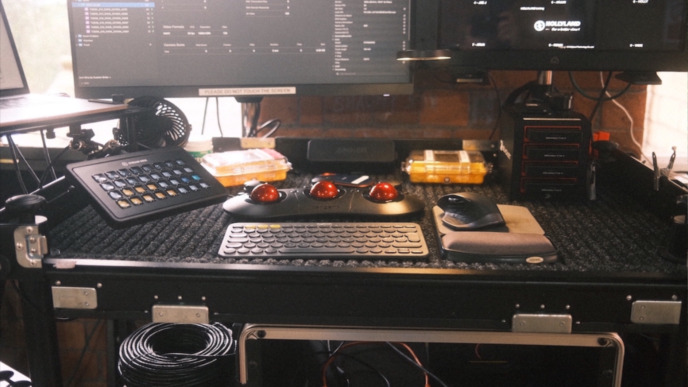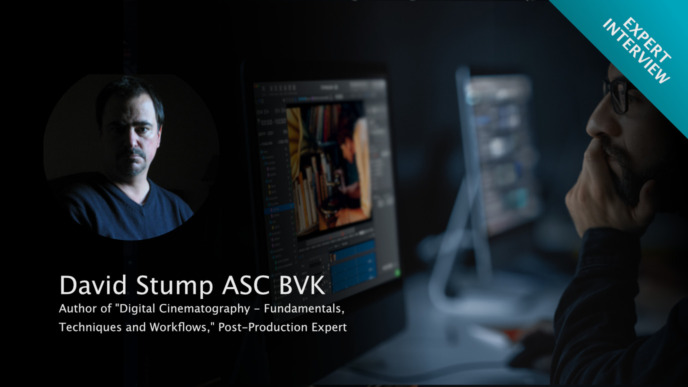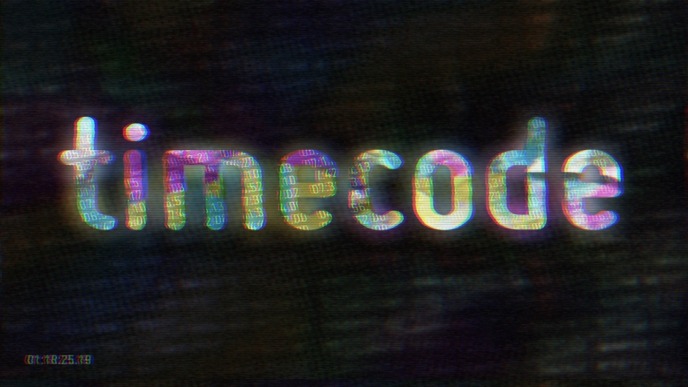
The DIT handles a variety of different tasks on set. While the creation of camera backups might be something that’s often associated with DIT work, his work in fact goes far beyond that. And so do the benefits the DIT creates for others.
In the following article we will outline 5 examples that show how others benefit from the work of the DIT and discuss how professional software can support the DIT with that.
Copy Original Camera Material and Pass It on to Others
We already mentioned the first and most basic example for how the DIT benefits others: He creates backups of the camera footage (either himself or with the help of a dedicated data wrangler) and provides them to the people in the next workflow steps, who work with the material from that point on.
This way the DIT not only ensures that secure copies of the source material exist, but also makes sure that multiple instances of the material are available. Those instances can be used on different locations independently.
Inspect Raw Camera Footage with the DP
While the live preview of todays cameras is perfectly suited for judging not only framing but also exposure of the current scene, not all image-related issues can be inspected in the live image. When for example the HD-SDI output is scaled down from a 4K sensor, details that can only be seen in the raw or original file – such as single pixel errors or black level noise – may remain unseen.
As the DIT manages the recorded original footage, he can find a specific shot that e.g. the DP wants to take a closer look at. Using his toolset, the DIT can review the original material, by zooming into specific parts of the image or specifically inspecting black levels to check for details.
This allows the DP to review detailed aspects of a scene, camera, or setup, and also compare with previously shot material. Having this kind of reference can help tracking down issues in the current setup and give the camera department good tooling for quick trouble shooting.
In order to inspect a clip, the DIT will typically use a professional DIT software. One example of such software is Silverstack Lab. Silverstack Lab provides advanced camera support for nearly all professional camera formats, and comes with a versatile player that can be used to inspect camera clips in various ways for quality checks (like zooming in, checking exposure, and more).
Playback of Original Material to HD-SDI*
Being able to review original material on a calibrated monitor in 10-bit color depth can be a strong reinsuring feedback for the DP. With the help of the DIT he can take a look at his work in full quality right after it was shot. It lets the DP confirm that the image turned out the way he intended, and can give him inspirations for future adjustments.
Not every playback software supports native output to HD-SDI in full bit depth. It requires the use of specialized software that works together with dedicated hardware. Silverstack Lab for example integrates with video hardware from Blackmagic Design and AJA to enable the play-out of video to HD-SDI. Supporting the vast majority of professional video formats and providing advanced features like a multi-clip grid view, exposure control or frame lines, it is an example for adequate workhorse to enable HD-SDI monitoring.
Create iPad Viewing Dailies for the Director and Other Team Members
As the DIT already holds the camera originals, it’s an easy step for him to convert and make them available to other team members for viewing. As camera originals are in most cases not suitable for viewing on mobile devices, a transcoding process is needed to provide dailies to other crew members for review.
Creating H.264 and HEVC / H.265 clips of the original material and distributing them to the required devices right on set can be very helpful during shooting in many ways. The director for example can review the work of the day directly after shooting, and the wardrobe supervisor can collects reference clips of the actor’s exact costume after the scene was shot.
Create Editing Proxies Early on for Integrated Work with the Editing Department
Whereas in the previous examples colleagues on set are empowered by the DIT, post production as well can benefit from her work. As the person handling all camera footage, the DIT has the ability to create proxies from this footage right on set.
By creating proxies already at an early stage, a fast feedback process between the editing and the on-set crew can be established. In fast-paced productions, where additional post production resources such as visual effects or retouching need to be scheduled as early as possible, the creation of proxies on set by the DIT tremendously supports the editing room in its responsibilities.
To transform the camera originals into compressed formats, the DIT uses professional software to transcode the clips. One example of such software is Silverstack Lab. In Silverstack Lab clips can be transcoded to multiple formats (like H.264 dailies and ProRes or DNx editorial proxies) at the same time. Transcoded clips can furthermore be customized with burn ins, watermarks, and more, to meet the requirements of all parties involved.
These are just a few examples that show the importance of the DIT work on set, and the benefits it brings for others. Professional film media management tools like Silverstack Lab support the DIT across his whole workflow, from copying material to creating proxies for editing, and further strengthen his role on set.
*Please note that this example should not be confused with video assist work, which serves other purposes.



